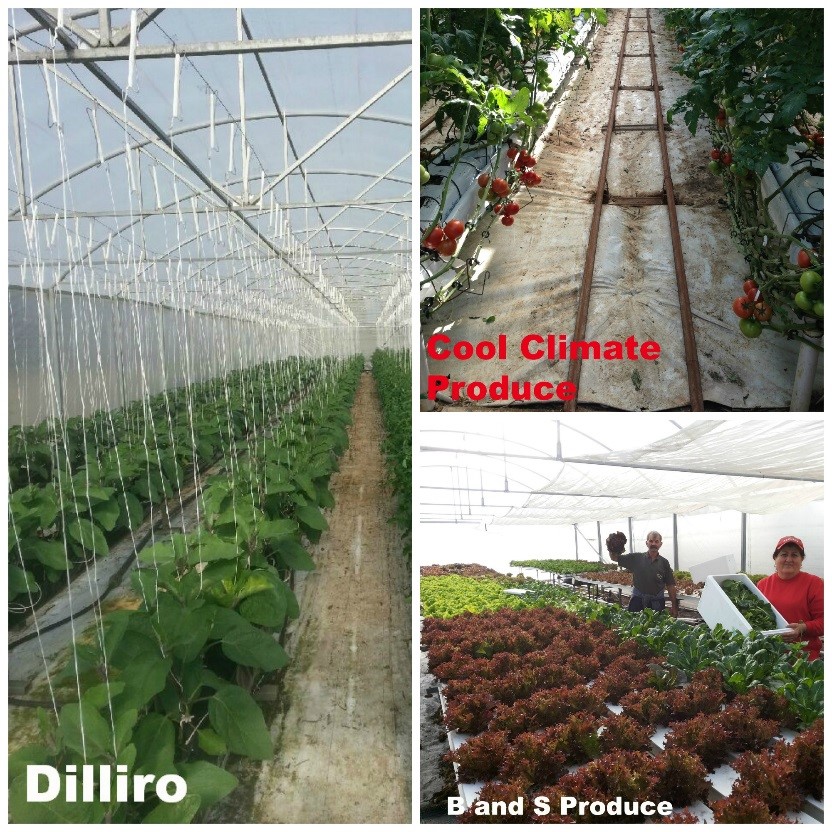News
- Home
- News
- Posts
- Latest Market Morsels
- How do our farmers grow warmer climate produce in Canberra region?
How do our farmers grow warmer climate produce in Canberra region?

 How can a farmers market based in Canberra and selling fresh produce from around the region have fresh tomatoes in the middle of winter? And capsicums, zucchinis, eggplants, beans, cucumbers…?
How can a farmers market based in Canberra and selling fresh produce from around the region have fresh tomatoes in the middle of winter? And capsicums, zucchinis, eggplants, beans, cucumbers…?
At the Capital Region Farmers Market we’re all about growing agri-business opportunities in the region and of course we offer a great seasonal food experience for all our visitors. But let’s be plainly honest, the Canberra region is just not the balmiest of places when it comes to the winter months.
And so the question of where our fresh produce actually comes from, and how it’s possible to grow it here, is something that comes up time and time again.
That’s where hot house growing comes in.
Firstly to distinguish between hot houses and green houses. Whilst some growers don’t distinguish between the two, there is a difference. Basically a greenhouse is a built structure used to shelter plants and get them growing early or off-season. And a hot house is a built structure that uses either artificial heat or a system which combines solar heating with ventilation to keep temperatures inside the structure constant.*
Growing fruits and vegetables in hot houses is a method of growing that provides a longer growing season and will end up being more productive. And many of the growers who frequent the Capital Region Farmers Market, utilise hot house growing to some extent.
Jenny and David Littlejohn of Cool Climate Produce undertake year round growing techniques to grow truss tomatoes and cucumbers on their property in Rossmore, NSW. They have two state of the art greenhouses covering 8,000 square metres, with a fully computerised growing system which allows control of heating and humidity via hydronic pipes heated by a gas boiler. The Littlejohns know that this system means year round production of a quality product.
Similarly, Bill, Sandra and Ahmet Karafistan of B & S Produce, who share farm with Dilliro Vegetables – both in Thirlmere, employ the use of igloo greenhouses and hot houses for growing a large range of vegetables. They have 17 igloos covering an area of approximately 5000 square metres – overall, half of their property is actually undercover. They basically grow everything in the igloos, with heating methods used for the cucumbers, basil, tomatoes, capsicums, eggplant, beans and zucchini.
Dilliro Vegetables themselves have five plastic hot houses set side by side totalling 1600 square metres, and each can house a staggering 1250 plants.
Their fully OTO hot water heating system gives them the advantage of growing tomatoes, cucumbers, zucchinis, eggplants, basil, cherry tomatoes and capsicums all through the winter.
It’s pretty cool to find out about how our farmers extend their season for produce and supply their product throughout the winter month’s right?
Even flower growers are into using heating methods for their crops. And some are using some pretty amazing methods, methods which are both environmentally and economically sustainable.
Like Jonima Flowers based in Yanderra NSW, just two hours from Canberra. The answer to this flower grower’s desire to warm their growing flowers lies in the far north eastern corner of NSW, where macadamia nut trees thrive.
Jonima Flowers source approximately 100 tonnes of macadamia nut shells, a bi-product of the macadamia nut industry, each season. When these shells arrive at Jonima Flowers they are used in their furnace to heat water, which is recirculated through pipes throughout the glasshouse.
These pipes can reach a temperature of 80 degrees which heats an area of 2400 square metres. This together with thermal screens and computerised software actively controls the internal glasshouse environment, providing optimum growing conditions for their huge range of beautiful flowers during the winter months.
John and Ingrid Padovano from Jonima are so passionate about this method of heating and say that using the macadamia shells re-cycles a waste product, supports fellow farmers and is an alternative to the traditional fossil fuels.


